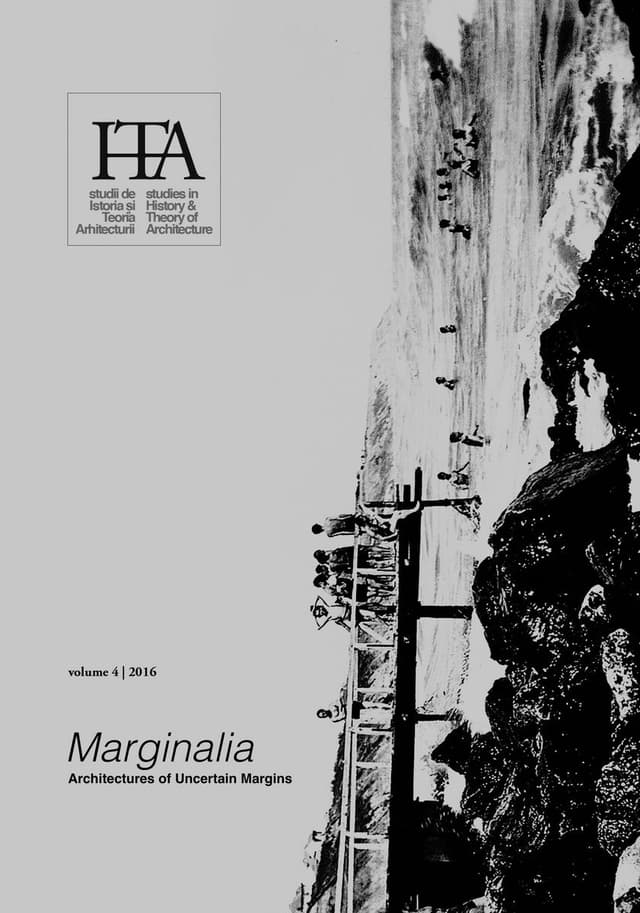Informal Structures. An Eulogy to Making
by
Luísa Alpalhão
Keywords
contemporary vernacular
participation
informal structures
making
everyday practices
With the proliferation of participatory architectural interventions over the past decades (Blundell Jones, 2005) an emergence of constructions with a DIY aesthetics has converted an otherwise marginal style into a familiar and accepted form of alternative beauty (see the works of raumlabor, Marjetica Potrč, atelier d’architecture autogerée, amongst others). The use of reclaimed everyday materials, re-invented in unexpectedly creative ways triggered a new design language that reflects the current period of uncertainty and scarcity of resources.
This paper will look into the analogy between, on the one hand, contemporary vernacular constructions that emerge from need and result in inventive, pragmatic constructions of unique beauty, responsive to specific geographical and social contexts (Coxito, 2014) and faithful to the available materials and skills of those who make them, as illustrated in Álvaro Domingues’ documentation of marginal constructions across Portugal, and on the other hand, contested constructed spaces of resilience that embed the everyday life practices (de Certeau 1984) of those who co-produce them along with architects and artists. The paper will investigate both the formal and material qualities of these two types of constructions (intuitive or premeditated) and their social role in nurturing creative environments by re-restoring the desire to work with one’s own hands (Sennett, 2008; Ingold, 2013).
Published in

Chicago citation style
DOI:
10.54508/sITA.4.04